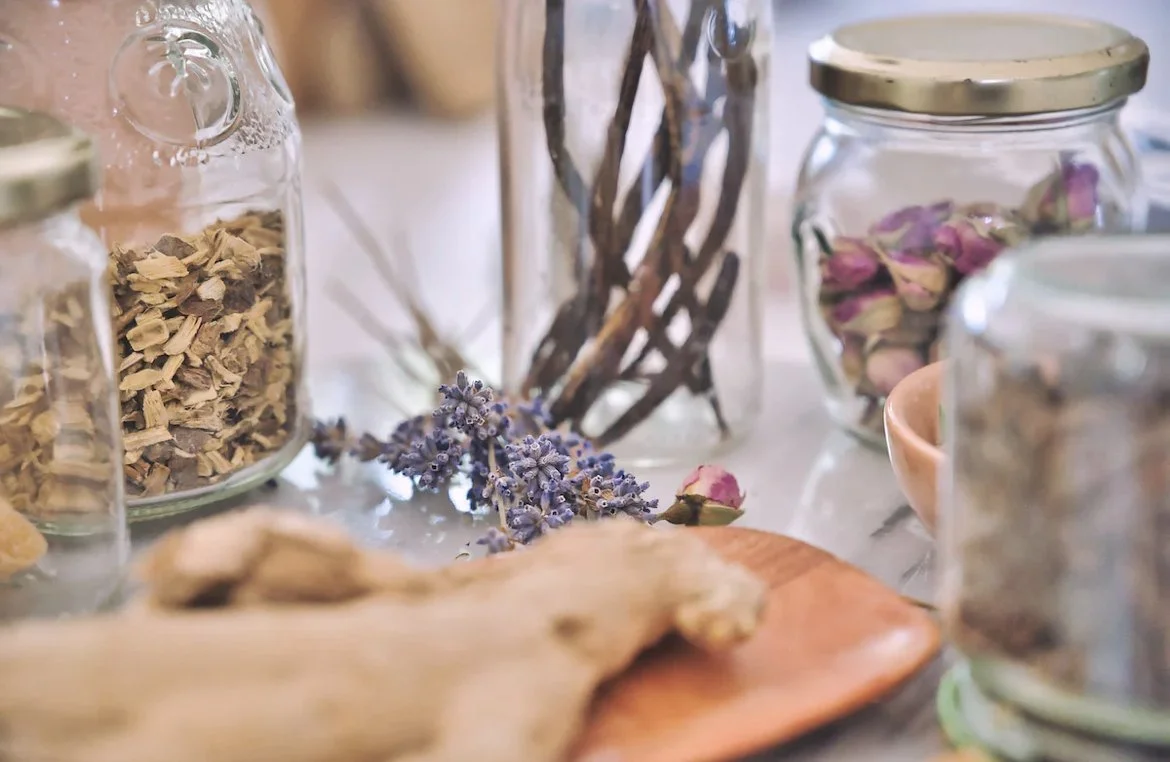Tinctures have been used for centuries as a means of extracting the medicinal properties of herbs, roots, and other natural ingredients. These potent liquid extracts are easy to make and can be a valuable addition to your home remedy toolkit. In this guide, we'll explore the world of folk method tincture-making, a simple and traditional way to harness the healing power of nature.
What Is a Tincture?
A tincture is a concentrated liquid extract made by soaking plant material, such as herbs or roots, in alcohol or another solvent. Tinctures are a popular way to preserve and administer the medicinal properties of plants. They are often used for their ease of use, long shelf life, and effectiveness in delivering herbal remedies.
The folk tincture method, often referred to as the "folk method" or "simplers' method," is a traditional and simple way of preparing herbal tinctures without precise measurements. This method relies on visual and experiential cues rather than specific ratios.
Why Make Your Own Tincture?
Customization: You have control over the herbs used, allowing you to create tinctures tailored to your specific health needs and preferences.
Quality Assurance: You can ensure the quality and purity of the ingredients, especially if you grow or source herbs from reputable, organic sources.
Cost-Efficiency: Homemade tinctures are often more cost-effective than store-bought alternatives, especially for rare or specialty herbs.
Sustainability: You can support sustainable harvesting practices and reduce packaging waste by using your own containers.
Connection to Tradition: Making tinctures using traditional methods connects you with herbal wisdom passed down through generations.
Educational Opportunity: The process of making tinctures can deepen your understanding of herbalism and plant medicine.
Self-Reliance: You become less dependent on commercial products and gain self-sufficiency in supporting your well-being.
Choosing Your Ingredients:
Select Your Herb: Start with dried herbs or roots from a reputable sources. Popular choices include lemon balm, lavender, chamomile, and ginger. I would avoid fresh until you’re a bit more experienced.
Choose Your Alcohol: The most common solvent for tincture-making is high-proof alcohol, like vodka or grain alcohol. Make sure it's at least 80 proof (40% alcohol by volume).
Equipment You'll Need:
Glass jar with a tight-fitting lid
Dried herbs
High-proof alcohol (40% or higher)
Labels and a pen
Cheesecloth or a fine mesh strainer
Amber glass dropper bottles (for storing the finished tincture)
How to Make a Folk Method Tincture:
Measure Ingredients: For every 1 part dried herb or root, use 5 parts alcohol. For example, 1 ounce (by weight) of dried herb, you'll want five ounces (by volume, in your glass measuring cup) of alcohol. However, with folk method, (which is less exact) You can just make sure the alcohol is covering the plant matter.
Combine Ingredients: Place the dried herb or root in the glass jar and pour the alcohol over it. Ensure the plant material is completely covered.
Label and Date: Label the jar with the herb's name, the date you started the tincture, and the alcohol used. This helps you keep track of your tinctures.
Steeping Period: Seal the jar tightly and store it in a cool, dark place. Allow the tincture to steep for at least 4-5 weeks, shaking it daily to ensure thorough extraction.
Straining: After the steeping period, strain the tincture through cheesecloth or a fine mesh strainer into a clean container. Squeeze out as much liquid as possible.
Bottling: Transfer the strained tincture into amber glass dropper bottles. These bottles protect the tincture from light and extend its shelf life.
Dosage: To use your tincture, dilute it in a small amount of water or juice and take the recommended dosage.
Storage: Keep your tinctures in a cool, dark place, and they can last for several years.
Using Fresh Vs. Dried Herb
Fresh herbs or plant material contain water, which can dilute the alcohol in your tincture. This means you'll generally need a higher proof alcohol when using fresh ingredients to ensure effective extraction. A high-proof alcohol helps to draw out the plant's active constituents more efficiently.
So, when making a tincture with fresh herbs or plant material, it's even more important to use alcohol with a high proof (at least 60-proof vodka or grain alcohol) to compensate for the water content and ensure a potent tincture.
I recommend when starting out use dried herbs first.






